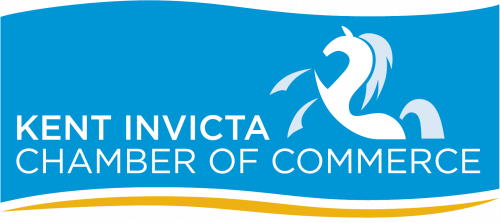Viticulture Takes Flight: How Drone Data is Transforming Vineyard Management
The wine industry is a beautiful blend of tradition and innovation. While age-old techniques are still cherished, modern technology is rapidly reshaping how vineyards are managed. As we explored in our previous post, “Soaring with Innovation: How Horus Drones are Transforming Viticulture,” drone technology is playing a pivotal role in this transformation. Today, let’s delve deeper into the specific types of data these aerial tools are collecting and how they’re empowering winegrowers to make more informed, precise, and sustainable decisions.
Canopy Cover Analysis: Unlocking the Secrets of Vine Health
A vineyard’s canopy—the leafy green layer that covers the grapevines—is more than just visually appealing. It’s a crucial indicator of vine health and vigor. Drones equipped with high-resolution cameras and multispectral sensors capture detailed imagery of the canopy, revealing variations in leaf density, chlorophyll content, and overall growth patterns.
This data equips vineyard managers with the ability to:
- Identify stressed vines early: Detect early signs of disease, pest infestations, or nutrient deficiencies before they become major problems.
- Optimise pruning and training: Ensure balanced growth and maximize sunlight exposure for optimal grape ripening.
- Monitor canopy development: Track growth throughout the season to make informed decisions about irrigation and nutrient management.
Soil Moisture Monitoring: The Key to Precision Irrigation
Water is the lifeblood of any vineyard, but both overwatering and underwatering can negatively impact grape quality and yield. Drones equipped with thermal sensors can measure soil moisture levels across the entire vineyard, generating detailed maps that pinpoint areas of concern.
By integrating this data with weather forecasts and vine water stress models, growers can:
- Optimise irrigation schedules: Deliver the right amount of water to each vine at the right time, minimising water waste and reducing the risk of disease.
- Improve water use efficiency: Conserve this precious resource while maximizing grape quality and yield potential.
- Identify drainage issues: Pinpoint areas of poor drainage that could lead to root rot and other problems.
Fruit Quality Assessment: Predicting Harvest Timing and Quality
Harvesting grapes at the optimal time is essential for producing high-quality wine. Drones equipped with multispectral and hyperspectral sensors can assess fruit quality by measuring parameters such as:
- Sugar content (Brix): Predict when grapes will reach optimal ripeness.
- Anthocyanin levels: Estimate the potential color intensity of red wines.
- Acidity: Determine the balance between sweetness and acidity in grapes.
This information allows winemakers to:
- Schedule harvest with precision: Maximize the quality and flavor profile of their grapes.
- Identify variations in fruit maturity: Tailor harvest strategies for different vineyard blocks.
- Predict wine styles: Make informed decisions about winemaking techniques based on the expected characteristics of the grapes.
The Future of Viticulture is Data-Driven
The wealth of data provided by drones is transforming vineyard management, enabling growers to make more informed, precise, and sustainable decisions. As drone technology continues to advance, we can anticipate even more sophisticated applications to emerge, further enhancing the efficiency and profitability of viticulture.
Ready to Harness the Power of Drone Data for Your Vineyard?
Horus Drones is at the forefront of this exciting transformation. Our cutting-edge drone solutions are tailored to the unique needs of vineyards, providing actionable insights that drive efficiency, sustainability, and profitability.
Contact Horus Drones today to discover how our expertise can help you unlock the full potential of your vineyard and achieve new levels of success in the ever-evolving world of winemaking.


